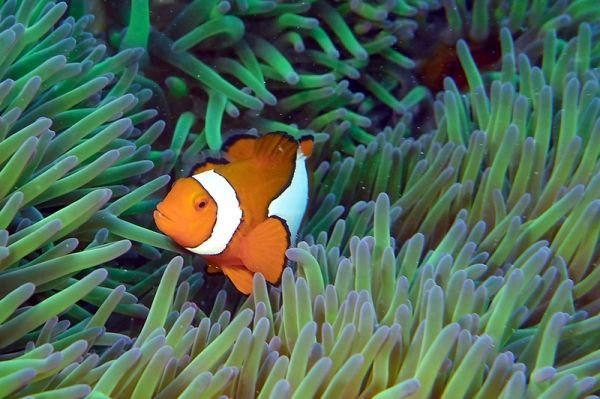Strap on a diving mask and fins and slip under the crystal-clear water near a coral reef in Indonesia, Papua-New Guinea or the Philippines, and you'll immediately see why divers and snorkelers from across the world flock to the area. Known as the Coral Triangle, the region is famous for its unmatched diversity of reef fish and other marine creatures.
Fish of all shapes and colors dart in and out of crevices created by the dazzling shapes of corals, colorful sponges and other reef-building organisms. With a little luck, a diver might catch a glimpse of a shark patrolling the reef or a turtle soaring across the landscape of colors.
While underwater enthusiasts have long known and cherished the biodiversity in the Central-Indo Pacific Ocean, scientists have struggled for more than half a century to explain what exactly makes the region the world's No. 1 hot spot of marine biodiversity and sets it apart from other marine regions around the world.
Read more at University of Arizona
Photo: A clownfish seeks shelter in its sea anemone home in the Great Barrier Reef, which is part of this study. CREDIT: Deborah Shelton


